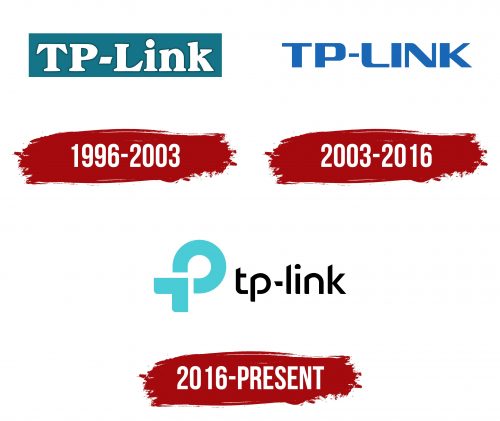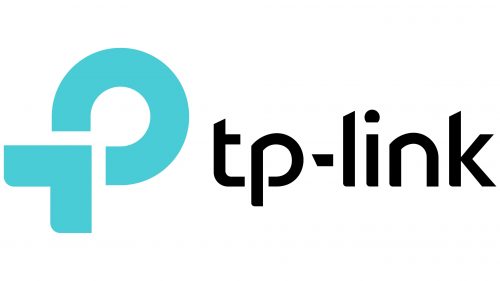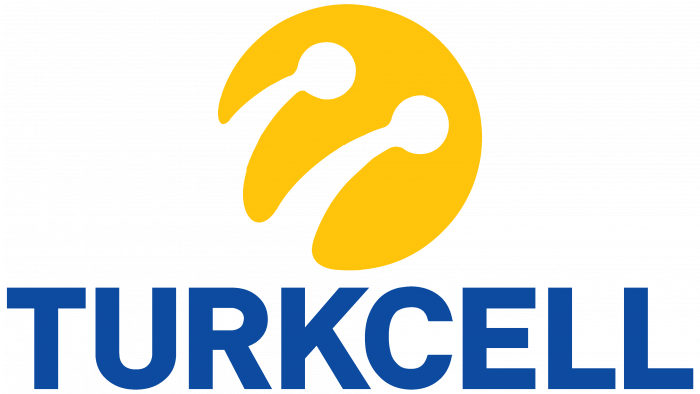The TP-Link logo symbolizes a company offering networking solutions at affordable prices, reflecting its key values and mission. The lines that make up the emblem evoke a sense of continuous connection, highlighting the brand’s primary goal—providing stable and reliable connectivity. This visual element conveys a commitment to innovation and the advancement of digital technologies.
TP-Link: Brand overview
The history of TP-Link began in 1996 when brothers Zhao Jianjun and Zhao Jiaxing founded the company in Shenzhen, China. The company’s name comes from “Twisted-Pair” (TP) technology, commonly used in network cables. Initially, TP-Link focused on manufacturing computer network cards.
From 1997 to 1998, the business expanded its product line by producing network switches. During this period, the focus was on establishing a strong manufacturing base and developing proprietary technologies.
A major milestone came in 2000 when the company began producing wireless network devices in response to the growing demand for Wi-Fi equipment. The first wireless routers and adapters were released.
International expansion began in 2001–2002, with the opening of the first representative offices abroad. The company also earned several quality certifications, strengthening its reputation in the global market. In 2005, production capacity was significantly increased with a new factory covering over 100,000 square meters, enabling higher production levels and a broader product range.
From 2007 to 2008, new products designed for home users and small businesses were introduced, actively developing the SOHO (Small Office/Home Office) equipment line.
In 2009, the brand became the world’s largest supplier of wireless network equipment. Around this time, it also established its research facilities.
In 2011, the mobile router line expanded with the release of models supporting 3G connectivity. A new logistics center was opened to improve global distribution.
Between 2013 and 2014, the company entered the “smart home” market, launching a range of home automation products under the Kasa Smart brand. In 2015, the company rebranded, updating the corporate style and logo, and smartphone production began under the Neffos brand.
From 2016 to 2017, the company actively developed mesh network technology, introducing the Deco systems to provide seamless Wi-Fi coverage across large areas.
In 2018, it became one of the first manufacturers to offer affordable devices with Wi-Fi 6 (802.11ax) support.
The years 2019–2020 were focused on expanding the product line with Wi-Fi 6 capabilities and further developing smart home technology. The company also strengthened its presence in the business solutions market.
In 2021–2022, devices with Wi-Fi 6E support were introduced, using the 6 GHz frequency band to enhance wireless network capabilities. Expansion in enterprise solutions and smart home products continued.
Over the years, the organization has consistently grown, focusing on high-quality, affordable network equipment. Its manufacturing facilities and development centers have built an efficient production system.
A key factor in the brand’s success has been its ability to introduce innovative technology, adapt to changing market demands, and keep product prices competitive. Steady investment in research and development has allowed it to become one of the world’s largest producers of network equipment.
By 2023, the company had emerged as a global leader in network equipment manufacturing, with offices in over 170 countries and a strong commitment to advancing new technologies and products.
Meaning and History
What is TP-Link?
This multinational networking equipment provider offers a wide range of products—from mesh systems and high-performance routers to smart home devices and networking accessories—reshaping the concept of digital connectivity. The company combines advanced networking technologies with reliable security features and high performance, making them accessible to home users and businesses. The products integrate seamlessly into modern connected homes and offices, delivering professional networking capabilities at affordable prices, ensuring reliable internet connectivity and smart device management.
1996 – 2003
The company’s first logo featured a white inscription on a blue-green background. The background’s enclosed shape symbolized a space—whether a house, apartment, or office—where TP-Link technologies are installed. This shape also evoked the image of computers, for which the brand produces devices like routers, cameras, modems, and network adapters.
The shadow surrounding the letters added depth and visually lifted the symbols above the surface, emphasizing the company’s innovative development approach. Initially, the brand’s name contained a hidden reference to a connection through a twisted pair, hinting at the company’s primary goal—providing reliable network connectivity.
2003 – 2016
The blue inscription became a kind of second logo for the company, symbolizing its drive for innovation and progressive solutions. The brand actively pushes the boundaries of traditional perception, introducing a completely new way of data transmission. Notably, the emblem lacks a background, highlighting its versatility and ability to adapt to various formats and environments.
The brand’s use of routers that enable data transmission via Wi-Fi has positioned it among the global leaders. The light blue color of the letters carries deep symbolism, associating it with air and sky. This shade conveys a sense of lightness and freedom while remaining tied to the idea of simplicity in technology use.
At the same time, this color hints at the company’s high-tech nature, digital developments, and innovative solutions. The logo has become a symbol of its readiness for expansion into international markets. This design evolution is directly connected to the desire to reach a new level of overseas sales, enhancing the brand’s recognition worldwide.
The emblem’s smooth curve of the letter “L” stands out. It resembles the shape of an antenna, symbolizing connection and data transmission. This element emphasizes the company’s core specialization and its role in the world of technology.
2016 – today
In the modern era, where wireless technologies are increasingly dominant, TP-Link’s abbreviation is interpreted as Trust and Performance, reflecting the company’s core principles—trust and efficiency. The TP-Link logo features stylized letters “P” and “t,” harmoniously combined, forming a shape reminiscent of an infinity symbol or a closed loop. This element visualizes the concept of network connectivity achieved through the company’s products. The company’s technological solutions allow users to interact with the world around them through simple devices.
Next to the symbol is the brand name, written in neat black letters with partially cropped glyphs. These slanted and truncated details are intentional—they symbolize the aim to reduce device sizes and minimize the number of wires. This ensures high-quality connectivity, achieved with a minimal number of compact devices the company produces.
The turquoise shade used in the logo embodies freshness, innovation, and technological progress. This color conveys the idea of sustainability, progressiveness, and continuous development, underscoring the company’s leading position in network communications.







